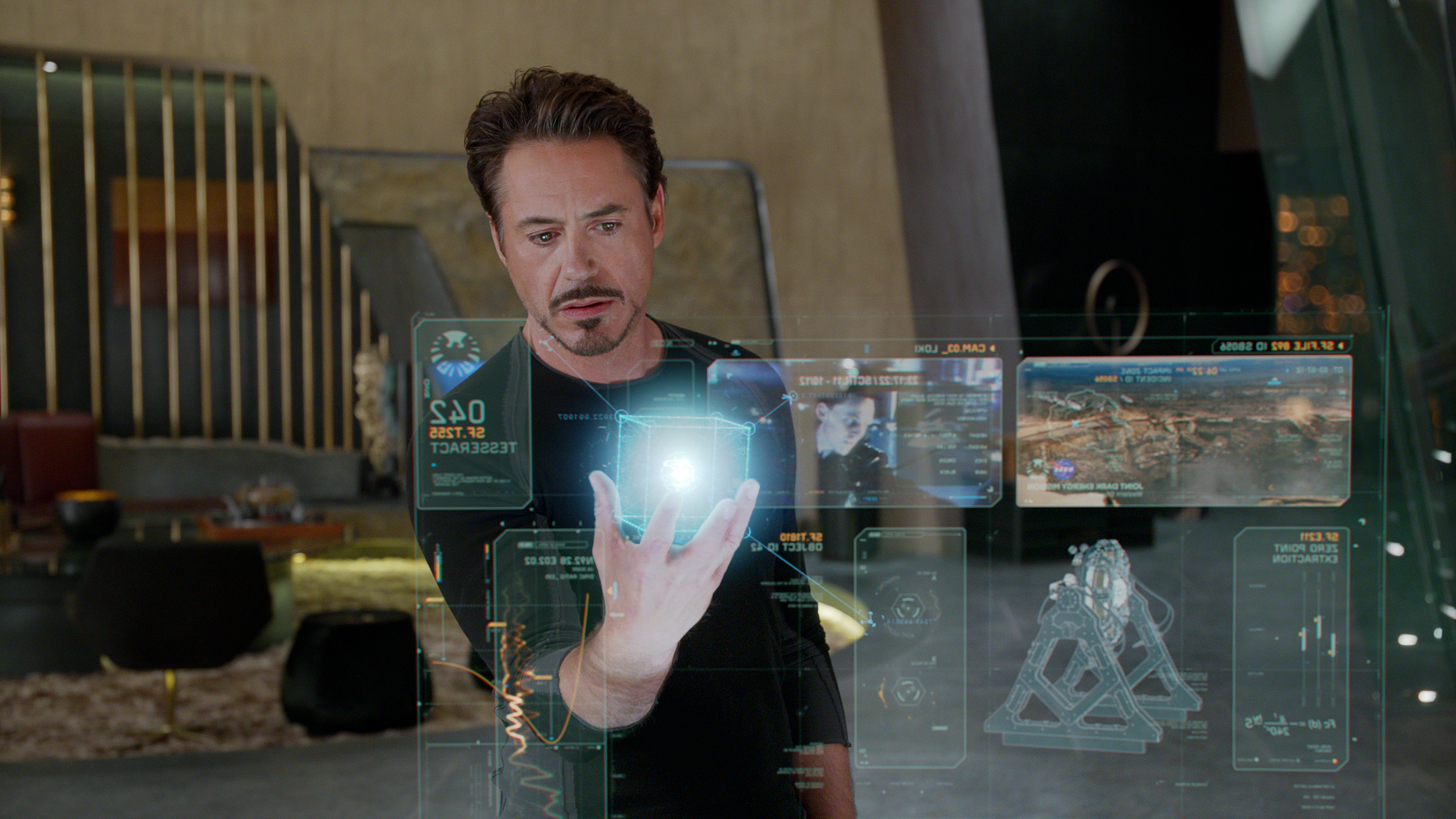Screenless Display Technology: Everything You Need to Know
Imagine a scenario where you tap your little handheld device, and the whole desktop flashes in front of you, mid-air, ‘screenless’, literally, and you fiddle around with icons in this sans-screen setup. You move your fingers through the air, sliding, zooming in and out, etc – all without a screen/buttons/any kind of hardware!
Seems next to impossible, doesn’t it?
Well, not anymore. Screenless display is a fast evolving technology, and it will soon make its debut in the market. There’s no doubt screenless technology will become the hottest gadget out there as soon as it is released.
What is it?
Screenless display, as its name suggests, is the technology in which the images on the screen reach the viewer’s eye without the use of a screen or a projector. Although still in its nascent stages, this technology is being researched upon by several enthusiasts, and a lot of study has already been done on it. We don’t know whether it will be successful or not. What we do know, however, is that the prospect of running our hands through the air to get our work done seems unbelievable, almost magical!
A Little History
The first technology that is remotely close to screenless display is Google Glass. It is a sort of mini-computer, which is worn by the users as glasses. It works on the concept of Augmented Reality, and lets the users communicate with the computer via Natural Language Processing.
Different Types of Screenless Display Technologies
Screenless Display Technology can be divided into three broad categories: Visual Image, Retinal Display and Synaptic Interface. Let us have a look at what these three technologies really mean.
- Visual Image: Visual Image is typically the most common form of Screenless display, wherein the medium of display is air. In simplest terms, light is usually deflected from an intermediate object before reaching the viewer’s eyes. Examples of Visual Image include Holograms, Virtual Reality goggles, and Heads-up Display in airplanes.
- Retinal Display: The Retinal Display technology includes the images directly reaching the retina of the viewer’s eyes. No screen, no projector, no source of deflection or reflection! You will be the only person who will view the images, since it reaches only your retina. This technology can prove to be of great use in times when privacy is to be maintained.
- Synaptic Interface: Like the Retinal Display, this form of screenless technology would include the images directly reaching the viewer – with the exception that the images now reach the viewer’s brain instead of their retina. Information is directly transmitted to the brain, and this technology can be immensely helpful to the blind.
Screenless Display Technology, though a seemingly difficult field of study, is not impossible. Within the next decade or so, we will probably get to experience this amazing no-screen technology and the tech gurus will be eagerly waiting for the developments in this field. Several herculean tasks in the field of communication and security can be accomplished via this technology.
Scientists as well as common people are eager for this technology to make its much-awaited debut in the market. The scopes of this form of technology are manifold, and we will keenly look forward to the advancements that it will bring in the field of science and technology!

